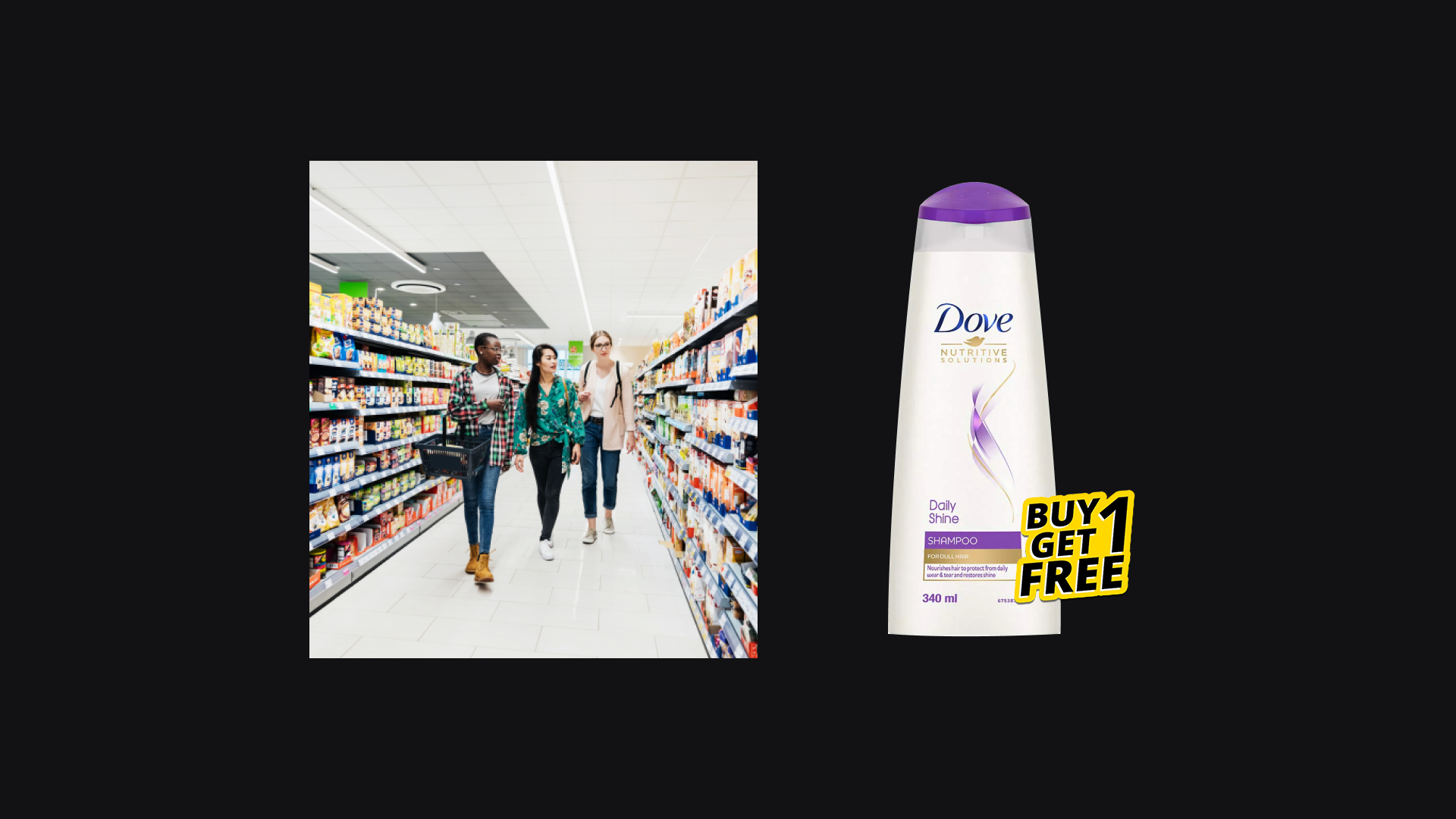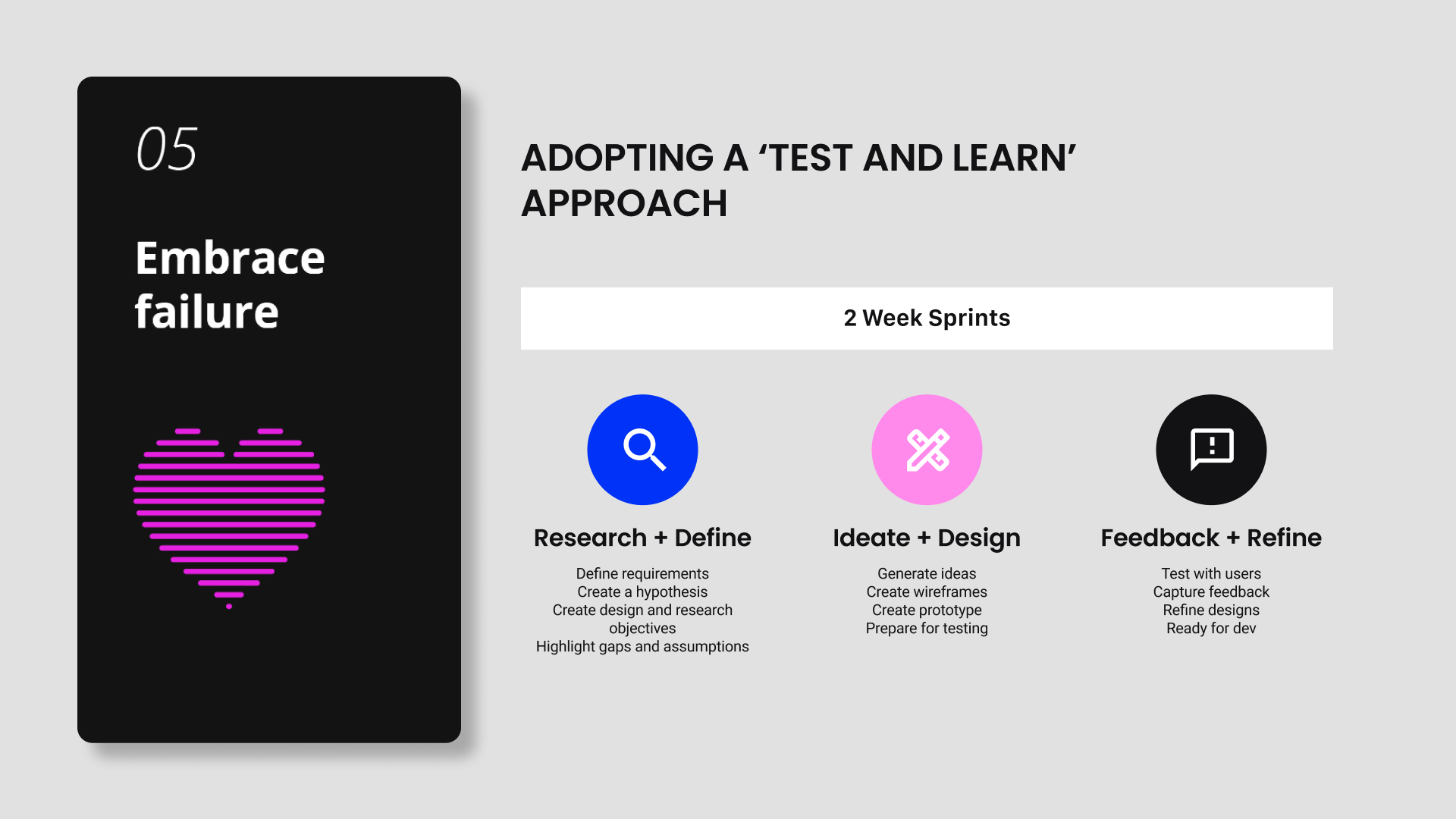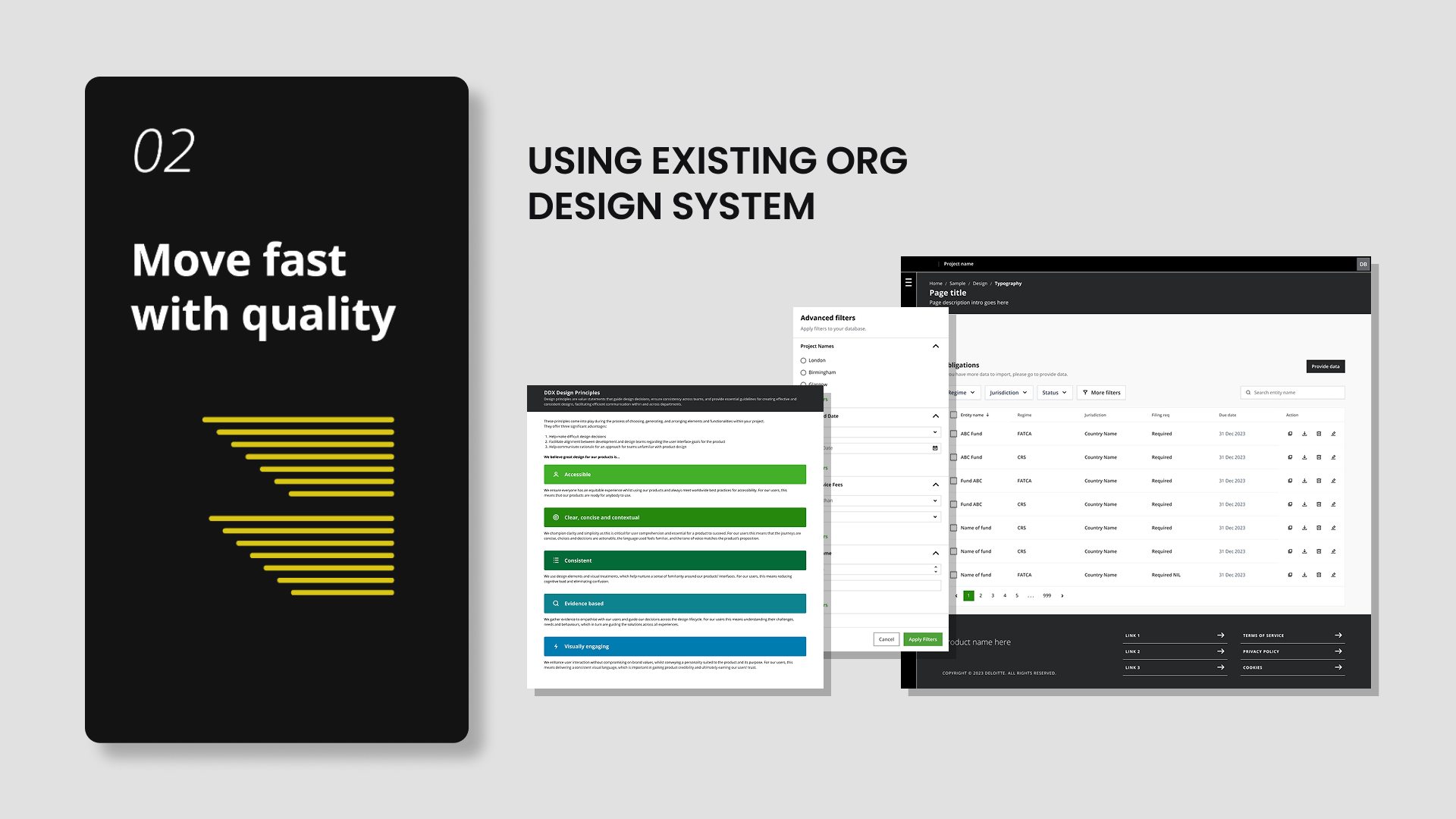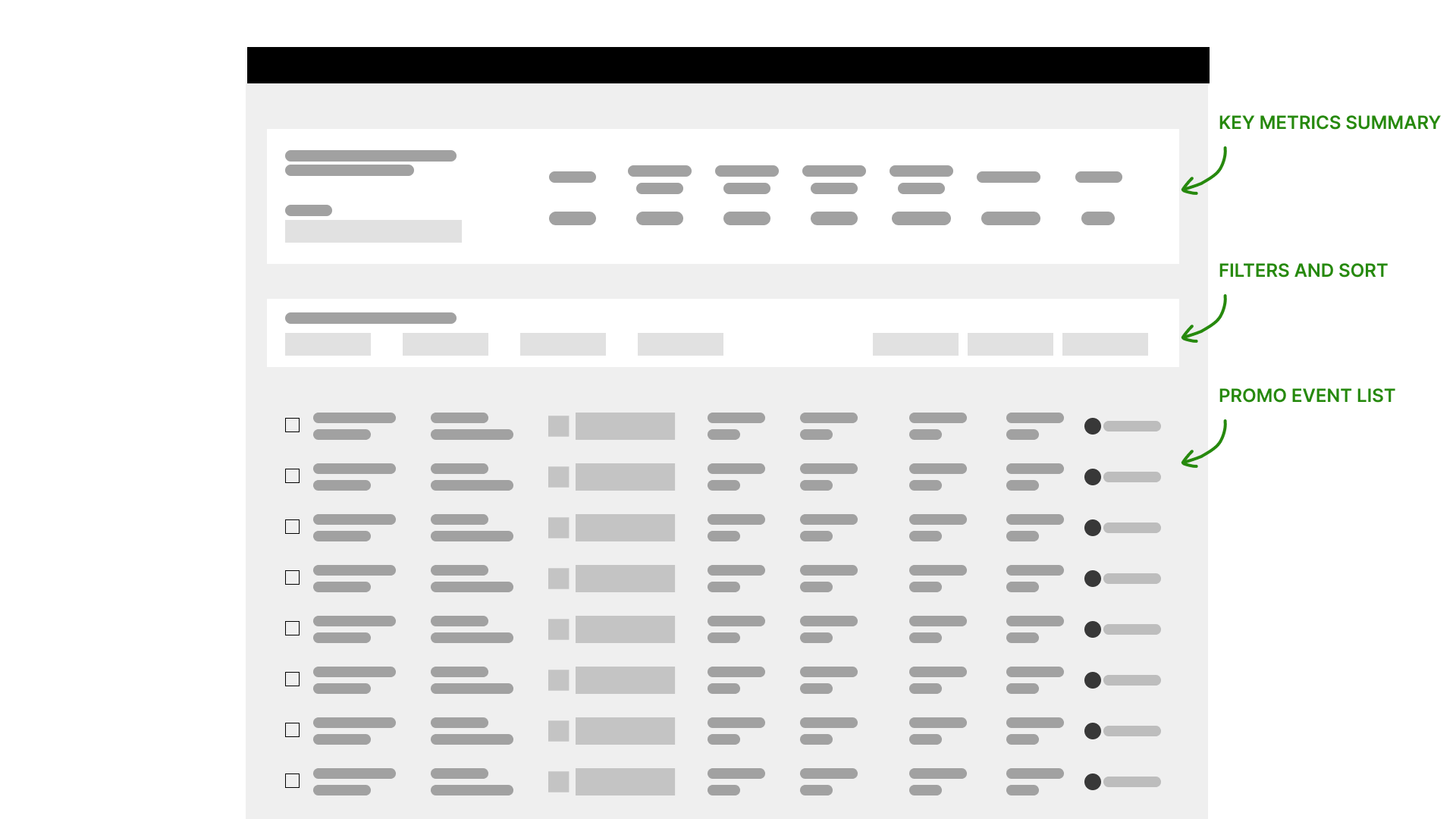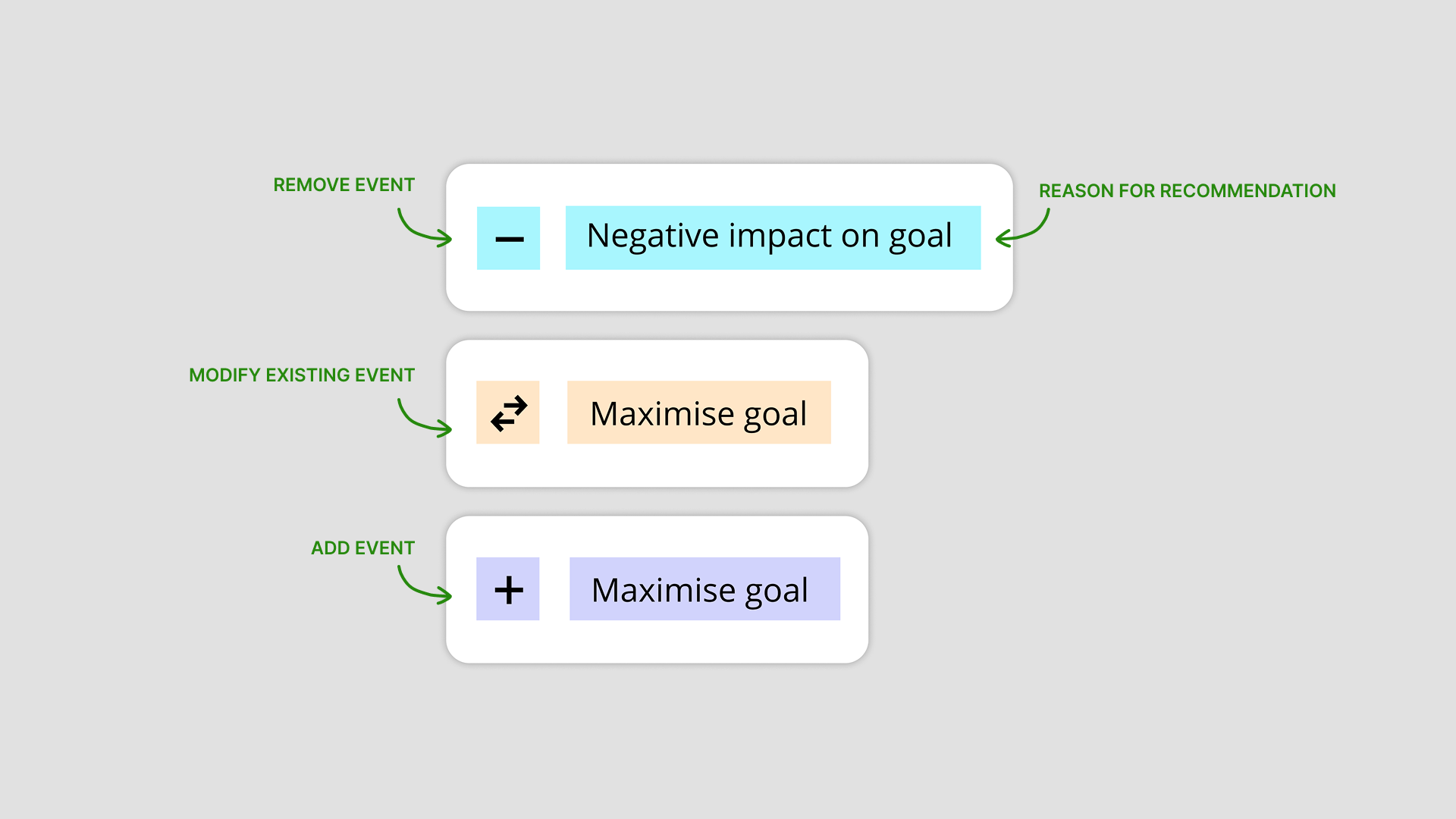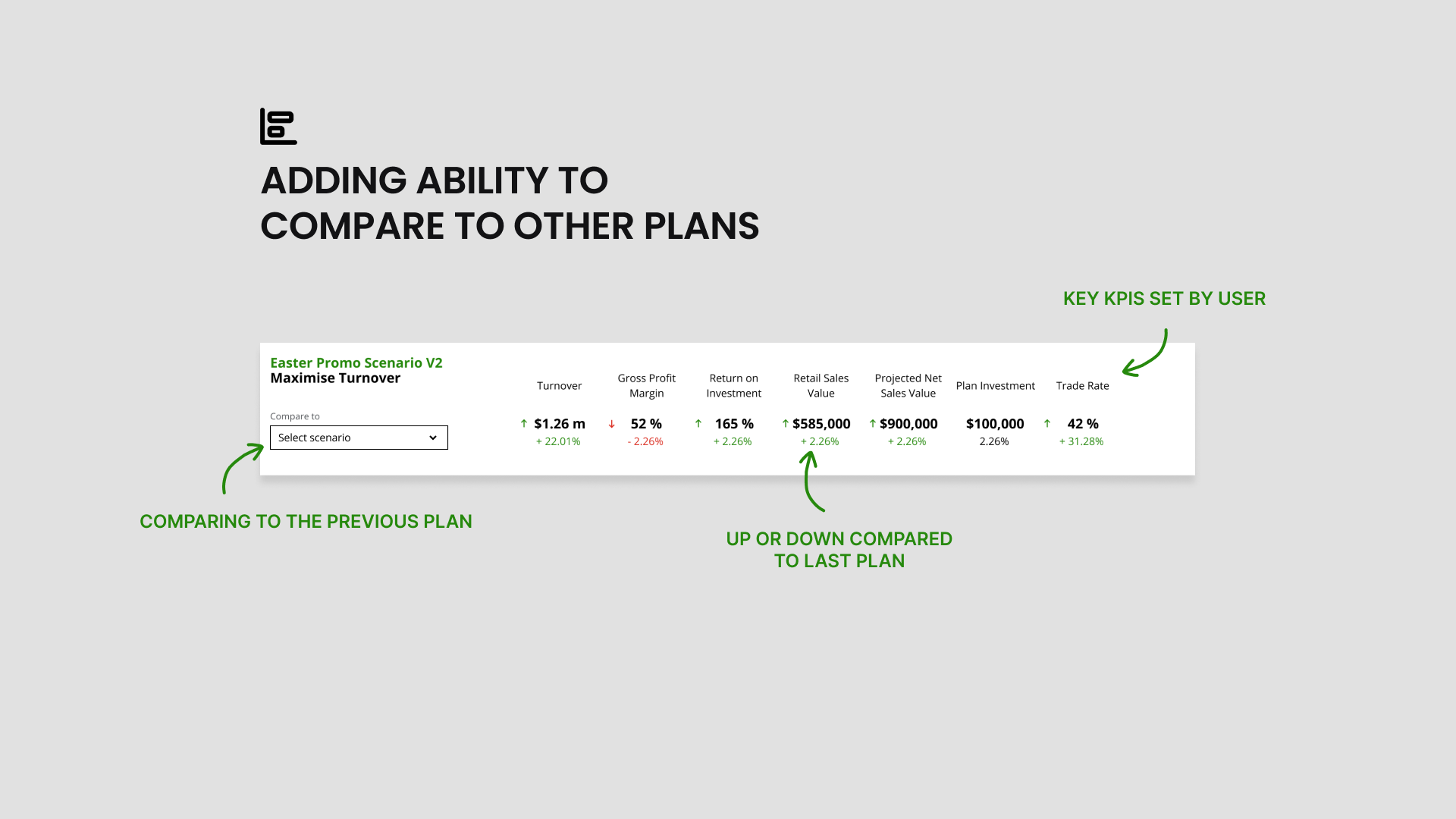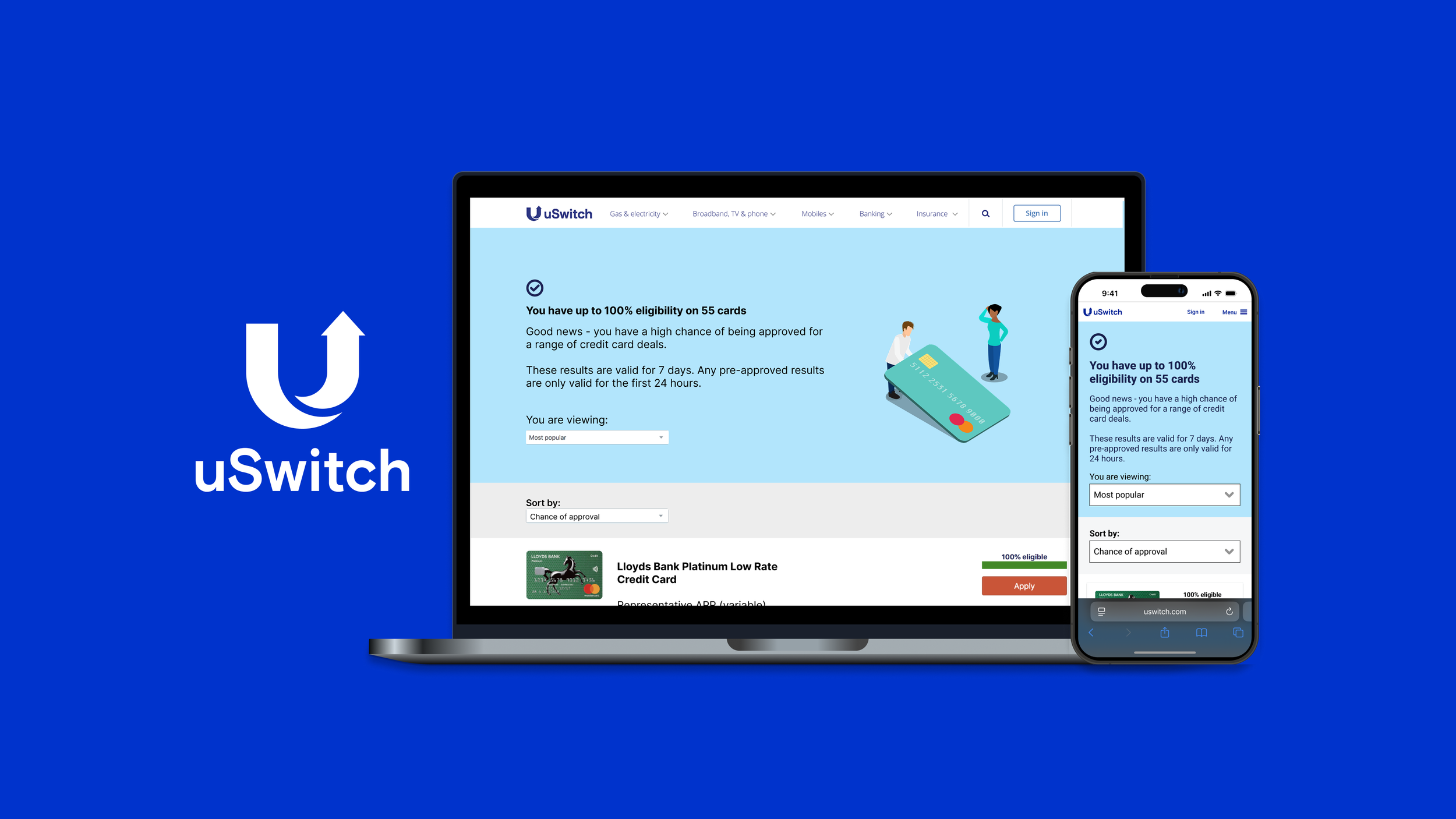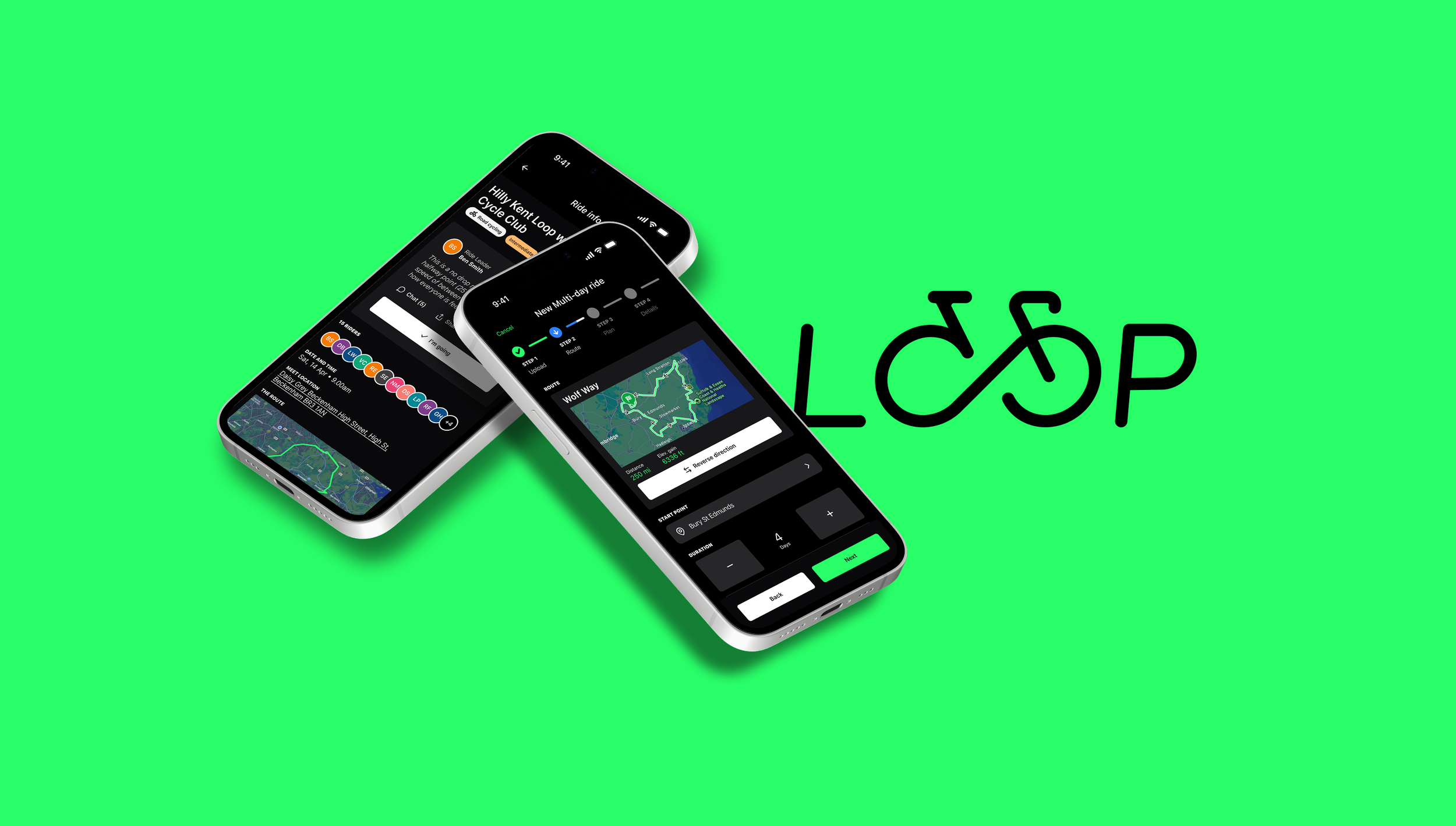DESIGN LEADERSHIP: PROCESS & INFLUENCE
Leading a team to design a predictive AI SaaS tool
TEAM
Product Designers, Product Manager, Delivery Manager, Back-end Developers, Front-end Developer, Data Scientist
ROLE
Design Lead
KEY SKILLS
Workshop Facilitation, Design Leadership, Product Design, User research, User testing, Prototyping
TOOLS
Figma, Miro, Adobe Illustrator
Impact
Created and set up design ‘rhythms of business’ that delivered high quality design work at pace (design crit, internal review, user testing)
Raised visibility of power of design thinking in the wider org and how it could raise team efficiency and delivery
Shipped bespoke 0-1 product, ensuring scalability to other clients
Delivered team aligned product principles that enabled efficient collaboration and decision making
Problem
Context
Team context: A new team was forming during the pandemic and we working in new and unfamiliar ways.
Business context: Planning promotions for products in Supermarkets has traditionally been based human experience, there was opportunity to leverage AI to process several data sets to make this more efficient and profitable.
The Problem Statement
Team problem: New cross-functional team unfamiliar with design processes working remote for first time, delivering on tight timelines
Business problem: Businesses are seeking more from their promotion plans in supermarkets and open to using new tools to maximise profits.
Why was this important?
Business goal
Develop a user friendly AI-powered tool for a client to generate in-store promotion plans (stretch goal: make this scalable to other clients).
Team goal
As a design leader I identified an opportunity to embed a design culture and adopt a cross-functional way of working to increase speed and quality of delivery.
Setting the team up for success
I saw an opportunity and got buy in toset the team up for success by running a kick-off workshop. I organised and facilitated a ‘Ways of Working’ workshop to define how we would work together as a team.
WHY WAS THIS IMPORTANT?
20 team members
New to working remotely in the pandemic
Working cross-functionally on a complex product with tight deadlines
The workshop was split over 2 days to accommodate the whole team’s calendar. During this workshop we set out to defining principles as a team. I lead and facilitated these 2 sessions. The general schedule involved a ‘people introduction’, setting out intentions ad then various breakout sessions to refine prinples in smaller groups with sessions were we shared back to the wider group. At the end of this process I generated outputs and then circulated to the team and presented back.
WORKSHOP OUTPUT: WAYS OF WORKING PRINCIPLES
01
Open and transparent comms
02
Move fast with quality
03
Ruthless prioritisation
04
Everyone has a valuable perspective
05
Embrace failure
06
Value time and share responsibility
07
Democratise information
08
Bring your authentic self to work
COLLATERAL FOR PRINCIPLES: POSTER & ZOOM BACKGROUND
Process
Discover
LIVING OUR PRINCIPLES
LEVERAGING INTERNAL SUBJECT MATTER EXPERTS
“
Users will likely be wary on a computer programme planning their promotions for the year.
“
SME: Key account manager
CONSIDERATION 1
Trust of the product will be essential for the products success
CONSIDERATION 2
Comparison between older and newer plans essential
CONSIDERATION 3
Users will likely have specific targets they are trying to hit
Define
DESIGNING THE USER FLOW
“
The process will need to broken down into step in order to computate the results for each part of the process.
“
Lead data scientist
Ideate
Our primary users: Key Account managers planning promotions in stores for a selection of SKUs / Products. For example Dove Shampoo and Conditioner in Tesco stores across Essex.
Using internal SME’s and Design Days to focus on ideas quickly with creatives and experts - we did not have access to users yet.
What information should we show for a promotion event in TPO?
How should we structure the user interface?
Prototype & Test
We recruited 6 users from large businesses planning promotions across the UK. We tested with on a bi-weekly basis and then refined our designs after feedback for the the next session.
TESTING WITH USERS
Create a ‘scenario’: using a stepper component to walk users through the process and collect data.
“
How does this new plan compare to my plan from last year?
“
Key account manager for Large Supermarket chain
CORE INSIGHT 1
Users want to see different goal metrics depending on org
CORE INSIGHT 2
Business terminology changes between orgs
CORE INSIGHT 3
We need to be clearer about how we got to an answer
CORE INSIGHT 4
Users requested seeing a calendar view
Develop
Based on the feedback from users we made some design tweaks and added some features:
Added the details of a calculation to the event modal to show our workings.
Added the ability to compare scenarios soo users could try multiple approaches and choose the right one for them
Added tool tips to KPIs to make sure users understood how they were calculated.
Developed a calendar view to show the events across a timeline
DESIGN DECISIONS BASED ON USER FEEDBACK
Validate
We trialed the new design with 1 client, they used the tool to plan their promotions for 1 region and we received positive feedback as well as some tweaks to the data modelling ahead of launch.
Launch
We launched with 1 client with future roll outs with 2 further clients in different geographies in the coming year.
EVENT LIST & CALENDAR VIEW
Impact
Created and set up design ‘rhythms of business’ that delivered high quality design work at pace (design crit, internal review, user testing)
Raised visibility of power of design thinking in the wider org and how it could raise team efficiency and delivery
Shipped bespoke 0-1 product, ensuring scalability to other clients
Delivered team aligned product principles that enabled efficient collaboration and decision making
Other projects

